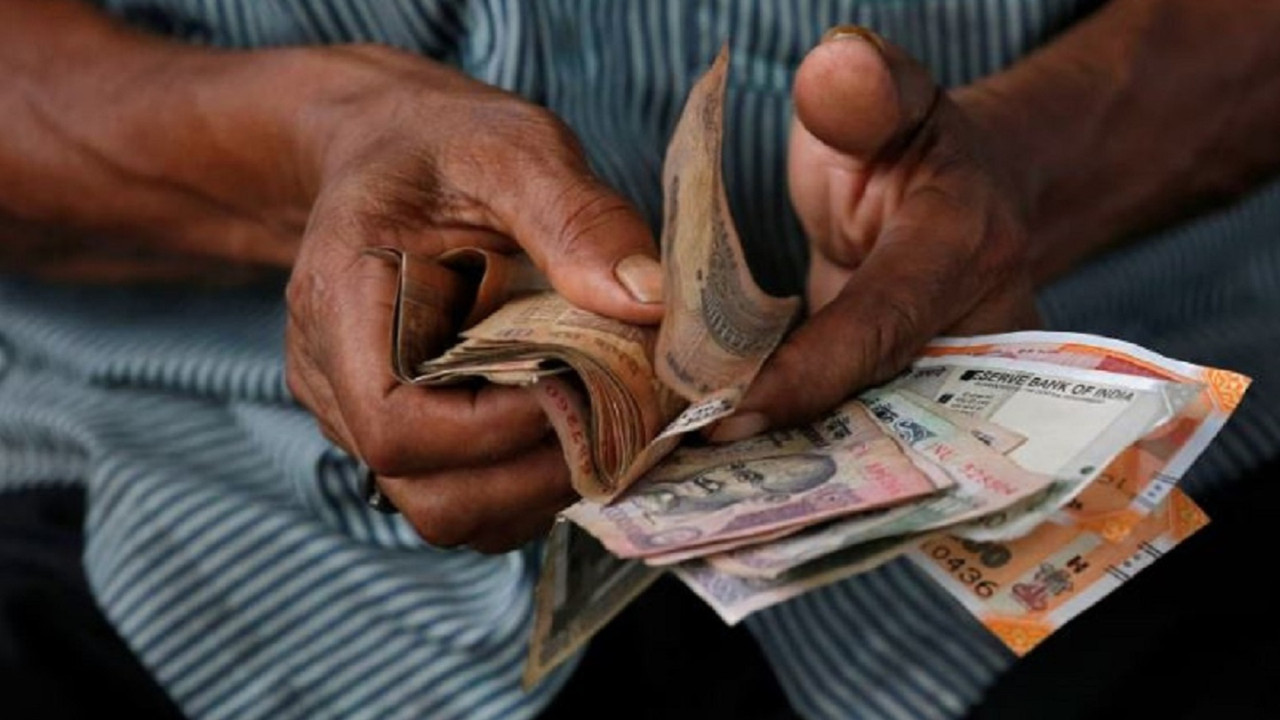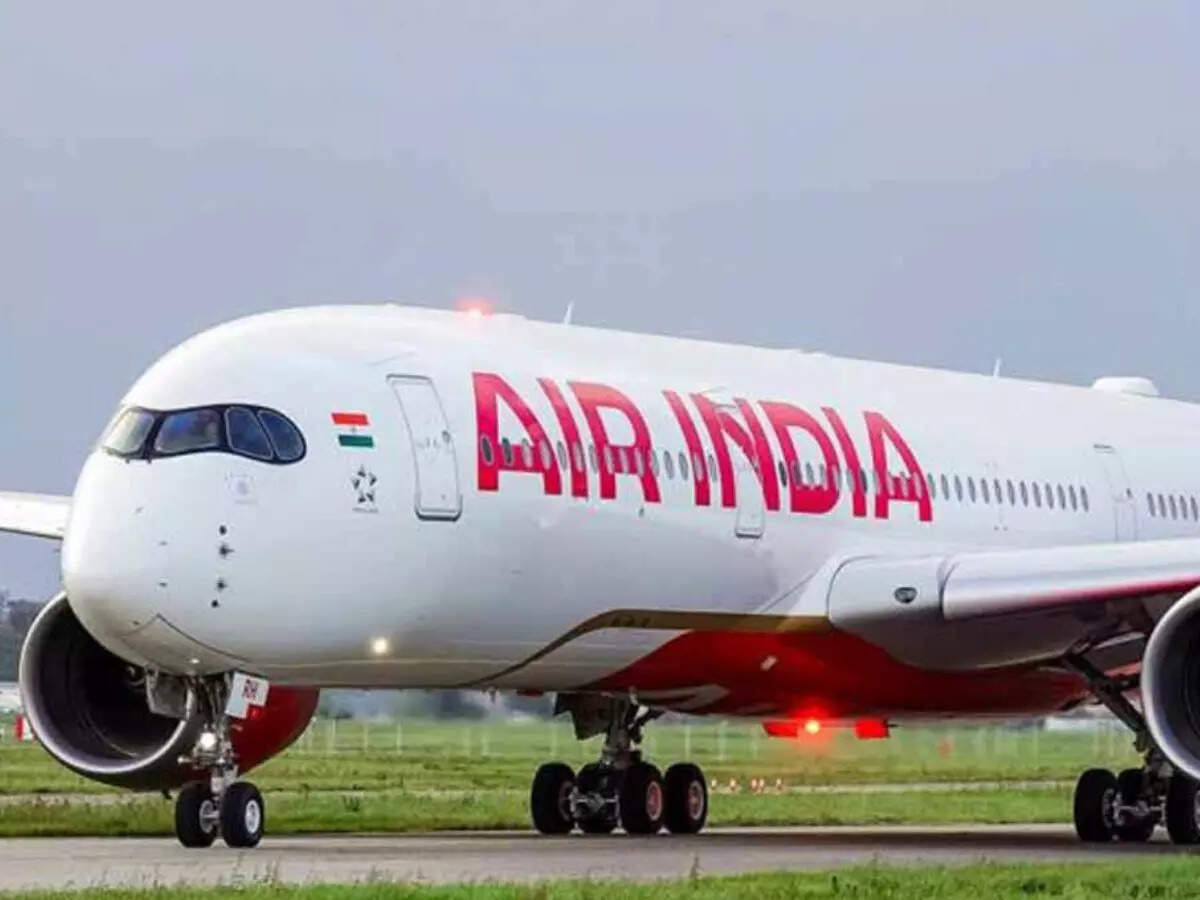The Asian Development Bank (ADB) has pledged $10 billion to bolster India’s urban development over the next five years, focusing on metro expansion and infrastructure upgrades. This initiative aims to attract private investment through the Urban Challenge Fund, targeting 100 cities for redevelopment and improved water and sanitation.
India’s Urban Sprawl Gets a $10 Billion Boost: Can It Keep Up?
Okay, let’s talk cities. Specifically, Indian cities. They’re a swirling mix of ancient history, modern ambition, and, let’s be honest, a whole lot of chaos. And that chaos, that frenetic energy, is largely fueled by relentless urbanization. People are flocking to urban centers in search of opportunity, creating both boomtowns and, well, some pretty serious logistical headaches.
So, the Asian Development Bank (ADB) just dropped a rather sizable wad of cash – a cool $10 billion – into the Indian urban development pot. This isn’t chump change. It’s a serious commitment intended to fuel infrastructure upgrades and expand metro networks across the country.
Now, I’m no economist, but even I can see the potential game-changing impact this could have. We’re talking about potentially transforming the daily lives of millions. Imagine smoother commutes, cleaner water, more efficient waste management – the stuff that actually matters to real people, not just boardroom balance sheets.
The focus, as it should be, is on sustainable urban development. This isn’t just about slapping up more concrete jungles. It’s about building cities that are resilient, environmentally conscious, and genuinely livable. Think smart grids, green buildings, and public transport systems that are actually… pleasant to use. Ambitious, right?
Here’s the deal though: this money isn’t a magic bullet. Throwing cash at a problem is rarely the sole solution. The success of this venture hinges on a few crucial factors.
Firstly, implementation. We’ve all seen projects, both grand and small, get bogged down in bureaucratic red tape. This $10 billion needs to be deployed efficiently and transparently. We need robust oversight to ensure the money goes where it’s intended and achieves its stated goals. Corruption can’t be allowed to nibble away at this investment, leaving behind half-finished projects and unfulfilled promises.
Secondly, planning. Building infrastructure without a comprehensive, long-term vision is like putting a band-aid on a broken leg. Cities need to anticipate future growth, considering factors like climate change, population density, and technological advancements. A piecemeal approach simply won’t cut it.
Thirdly, and perhaps most importantly, community involvement. The best urban development projects are the ones that genuinely engage with the people they’re supposed to serve. Local communities need to have a voice in shaping their own neighborhoods. Their input, their understanding of the specific challenges and opportunities, is invaluable. Ignoring their perspective is a recipe for disaster.
The expansion of metro networks is a particularly interesting aspect of this investment. Anyone who’s navigated the traffic in cities like Mumbai, Delhi, or Bangalore knows that a reliable, efficient public transport system is an absolute lifeline. But building these networks is a massive undertaking, fraught with challenges. Land acquisition, construction disruptions, and affordability are all significant hurdles.
Will the new metro lines actually ease congestion and improve air quality? Will they be accessible to all segments of society? Will they be integrated with other modes of transport, creating a seamless travel experience? These are the questions that need to be answered, not just in the planning stages, but throughout the entire implementation process.
I’m cautiously optimistic. India has made significant strides in urban development in recent years. We’ve seen some truly impressive infrastructure projects come to fruition. But the scale of the challenge is immense. India’s urban population is projected to continue growing rapidly, putting even more strain on already stretched resources.
This ADB investment represents a huge opportunity to create more sustainable, livable, and prosperous cities. But it requires more than just money. It demands vision, commitment, and a genuine desire to improve the lives of the millions of people who call these cities home. If India can get it right, this could be a pivotal moment in its urban transformation. It’s a future worth investing in. Let’s hope they build it right.
📬 Stay informed — follow us for more insightful updates!







